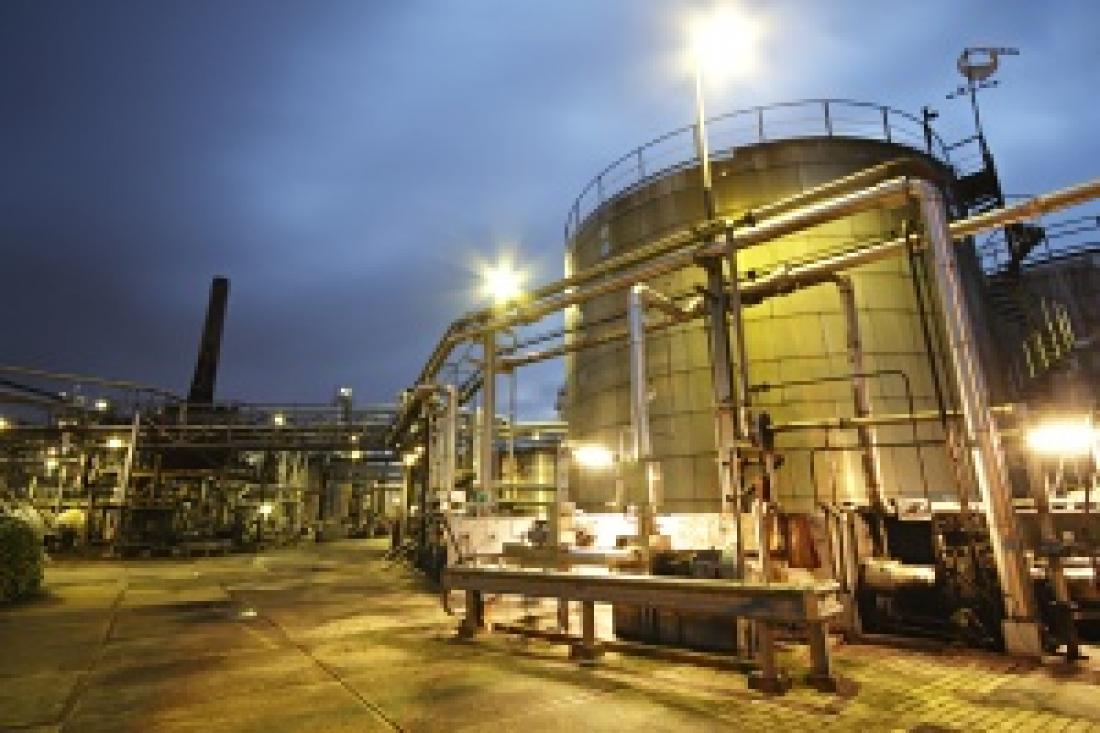In Southeast Asia, palm oil is used both as an ingredient for cooking and a raw material for biodiesel production. To stabilize the oil against decomposition, it has to be hydrogenated in the presence of a nickel catalyst that modifies its physical and chemical properties. Eventually, the nickel catalyst becomes contaminated by residual fats, oils and other chemicals, rendering it unusable.
Qizhen Yang and co-workers at the A*STAR Singapore Institute of Manufacturing Technology (SIMTech) have now shown that these spent nickel catalysts could be recovered in a manner that is not only safe and environmentally friendly, but which could also generate considerable profits for recycling companies.
“There is increasing concern over the sustainability of new recycling technologies and processes,” explains Yang. “Traditionally spent catalysts, which have a commercial value, would be used as raw materials for nickel smelting. What attracted the recyclers for implementing this new process is the fact that the recovery of pure nickel would deliver more added market value, and that the process would be greener and more socially responsible, making it more sustainable.”
Many methods of recycling nickel catalysts have been attempted, including chemical leaching, roasting, electrolysis and bioleaching with microorganisms. The SIMTech researchers propose a combination of technologies: the catalyst is first roasted to remove residual impurities, producing an ash containing large amounts of nickel and nickel oxide; the ash is then subject to acid leaching, acid separation, nickel enrichment and finally deposition of the metal from solution.
These steps constitute a ‘closed-loop’ process whereby many of the byproducts, including the acid, plating solutions and dilution water, can be reused to minimize waste. On weighing the costs of materials, equipment and labor against the potential market conditions, the researchers showed that a small nickel recovery plant of this sort would be economically viable if the price of nickel is more than $12.57 per kilogram—a very realistic target.
The researchers also analyzed the carbon footprint of the operation and showed that its greenhouse gas emissions could be minimized through the use of efficient processing techniques and by sourcing green electricity. Finally, given that the process would create jobs and produce no toxic waste, it could certainly be a socially sustainable solution.
“Our industrial partners are now implementing the process in a new nickel recovery facility,” says Yang. “They are using our sustainability assessment results to understand what factors affect the sustainability of their processes and to help them justify the decisions they make in recovering nickel from waste.”
The A*STAR-affiliated researchers contributing to this research are from the Singapore Institute of Manufacturing Technology
References
Yang, Q.Z., Qi, G.J., Low, H.C. & Song, B. Sustainable recovery of nickel from spent hydrogenation catalyst: economics, emissions and wastes assessment. Journal of Cleaner Production 19, 365–375 (2011).



